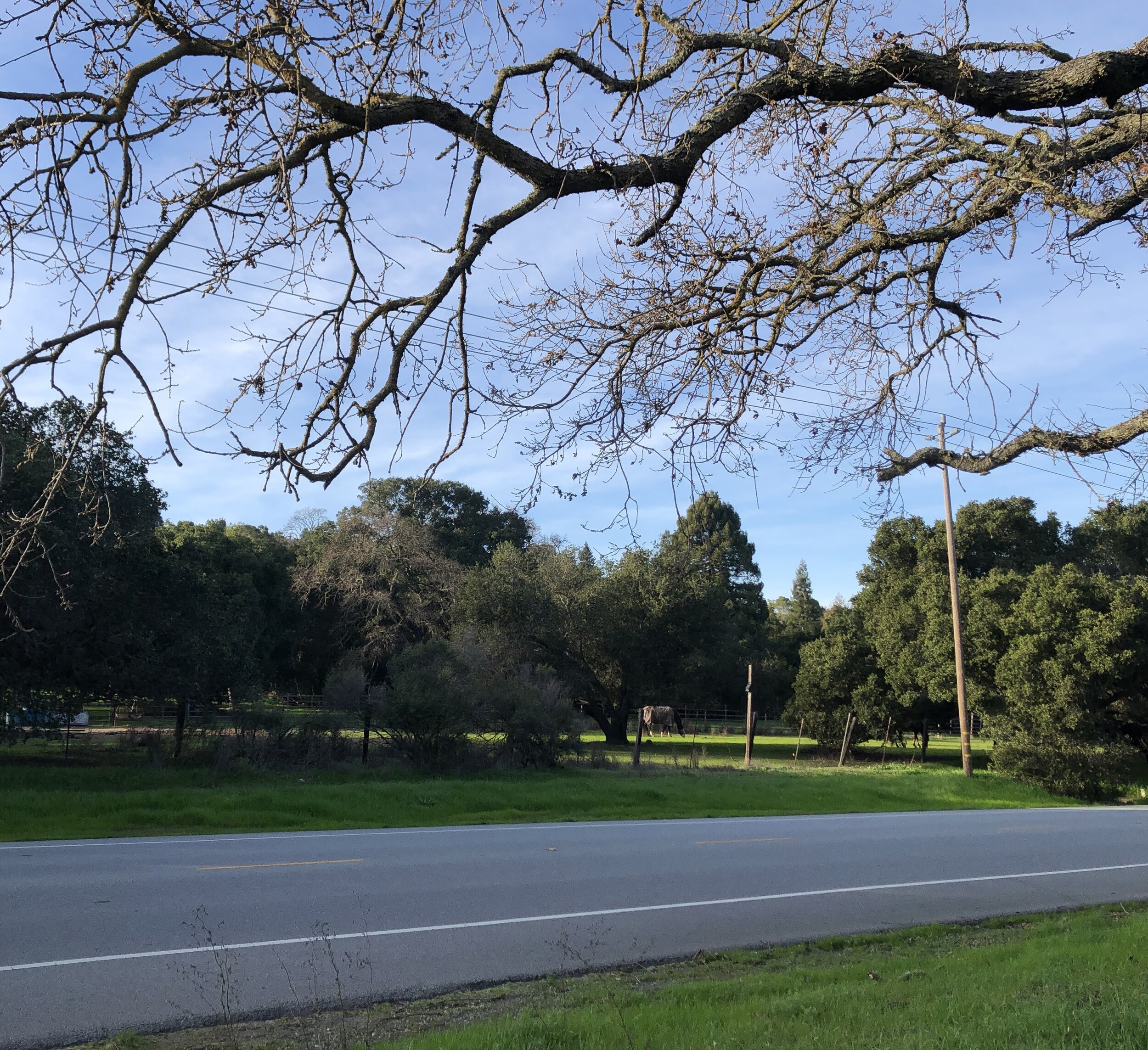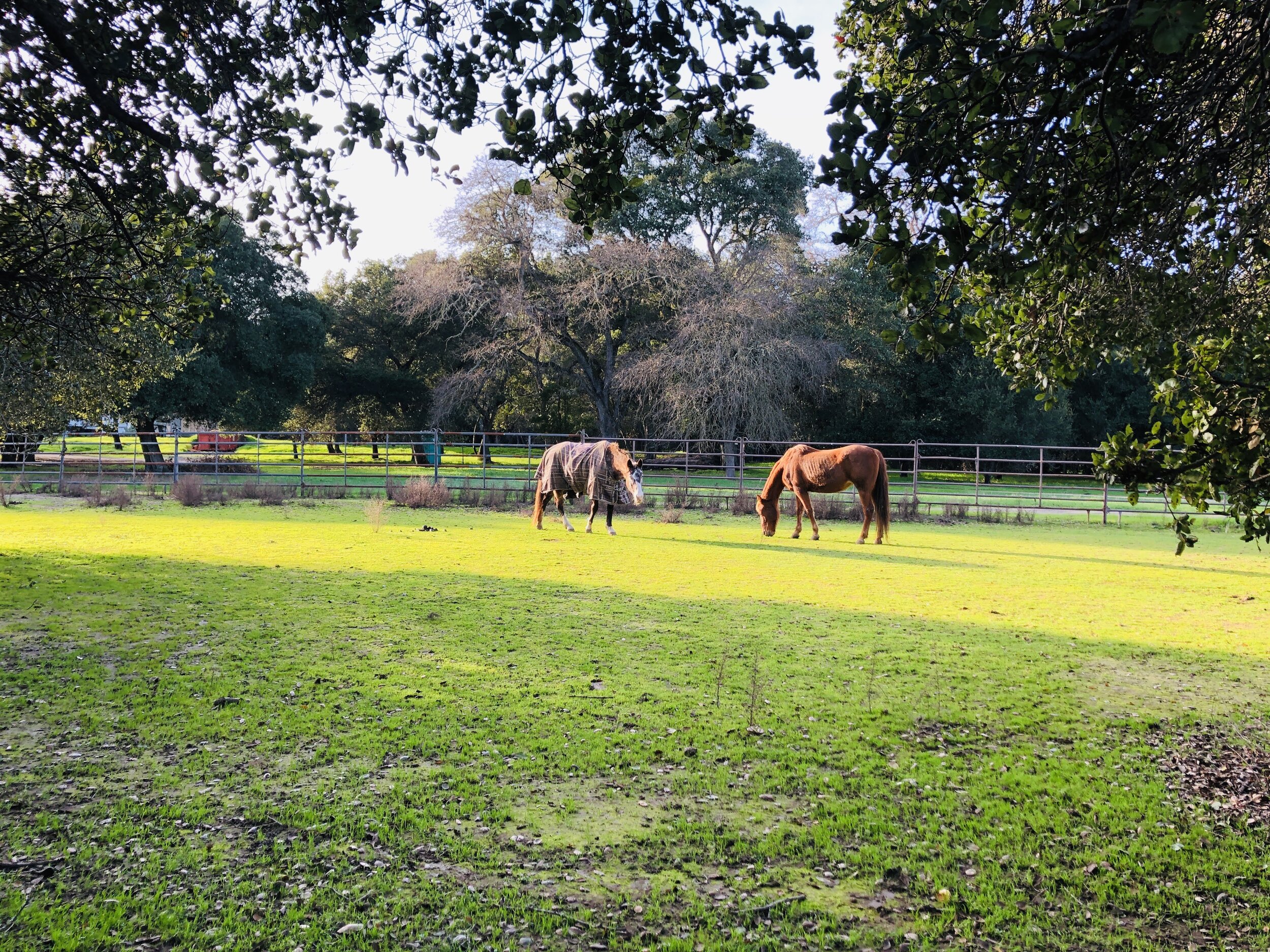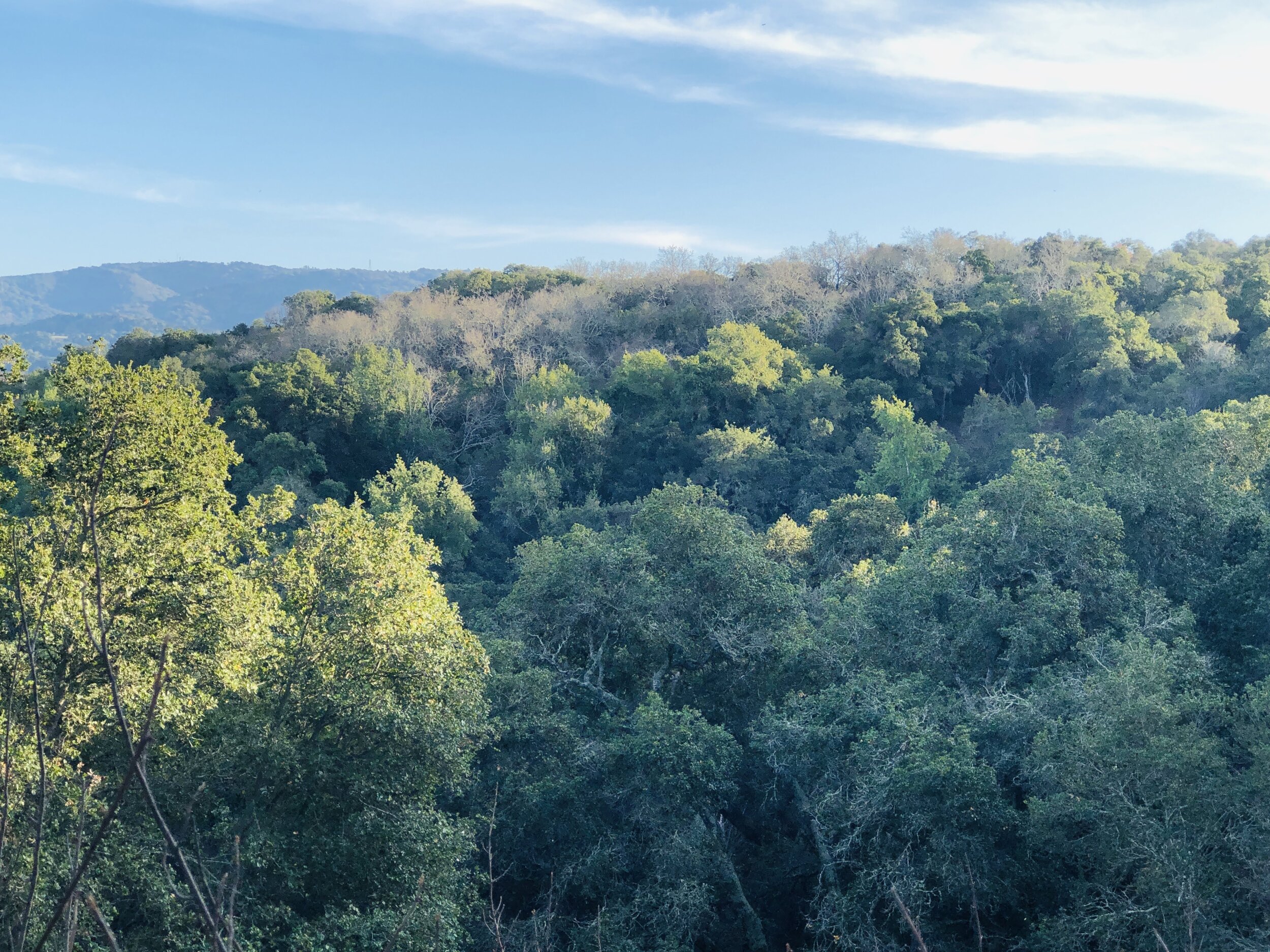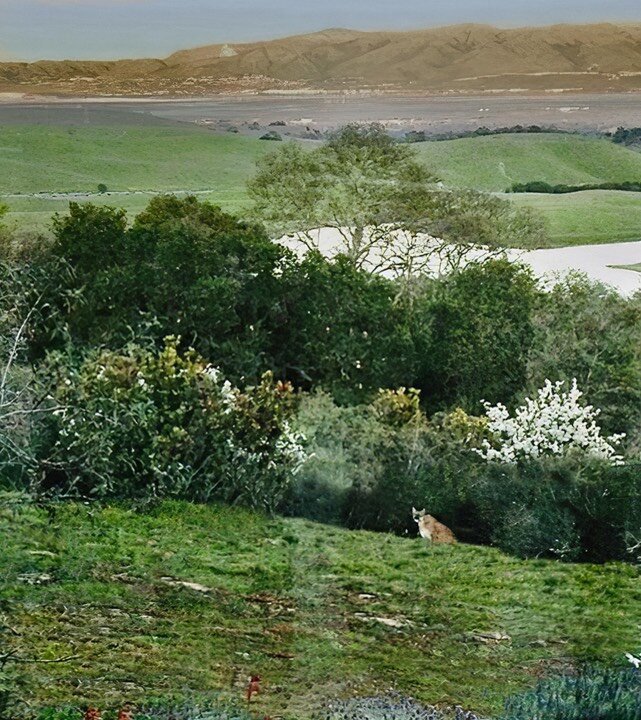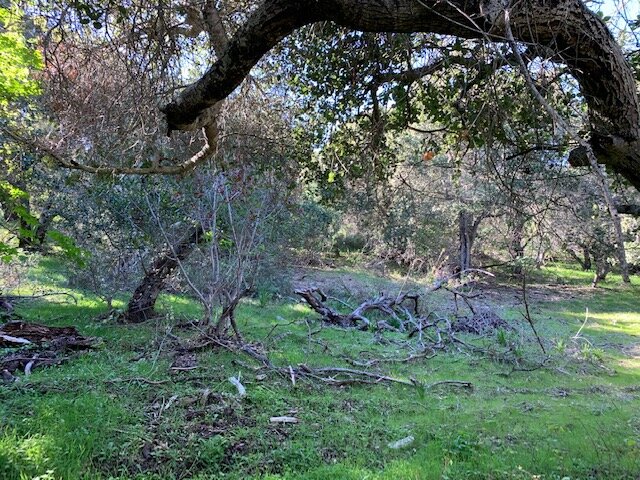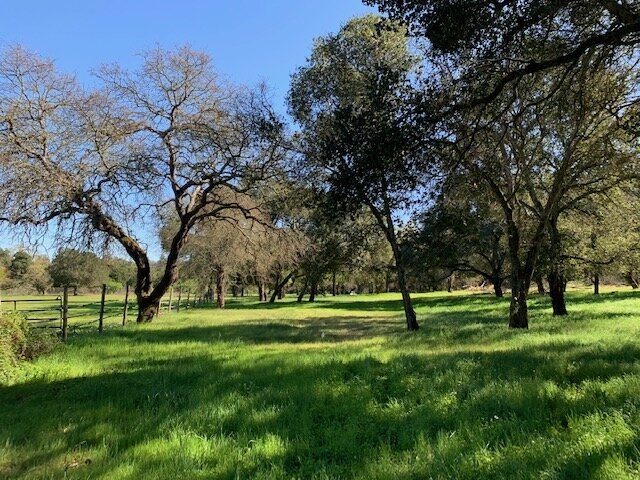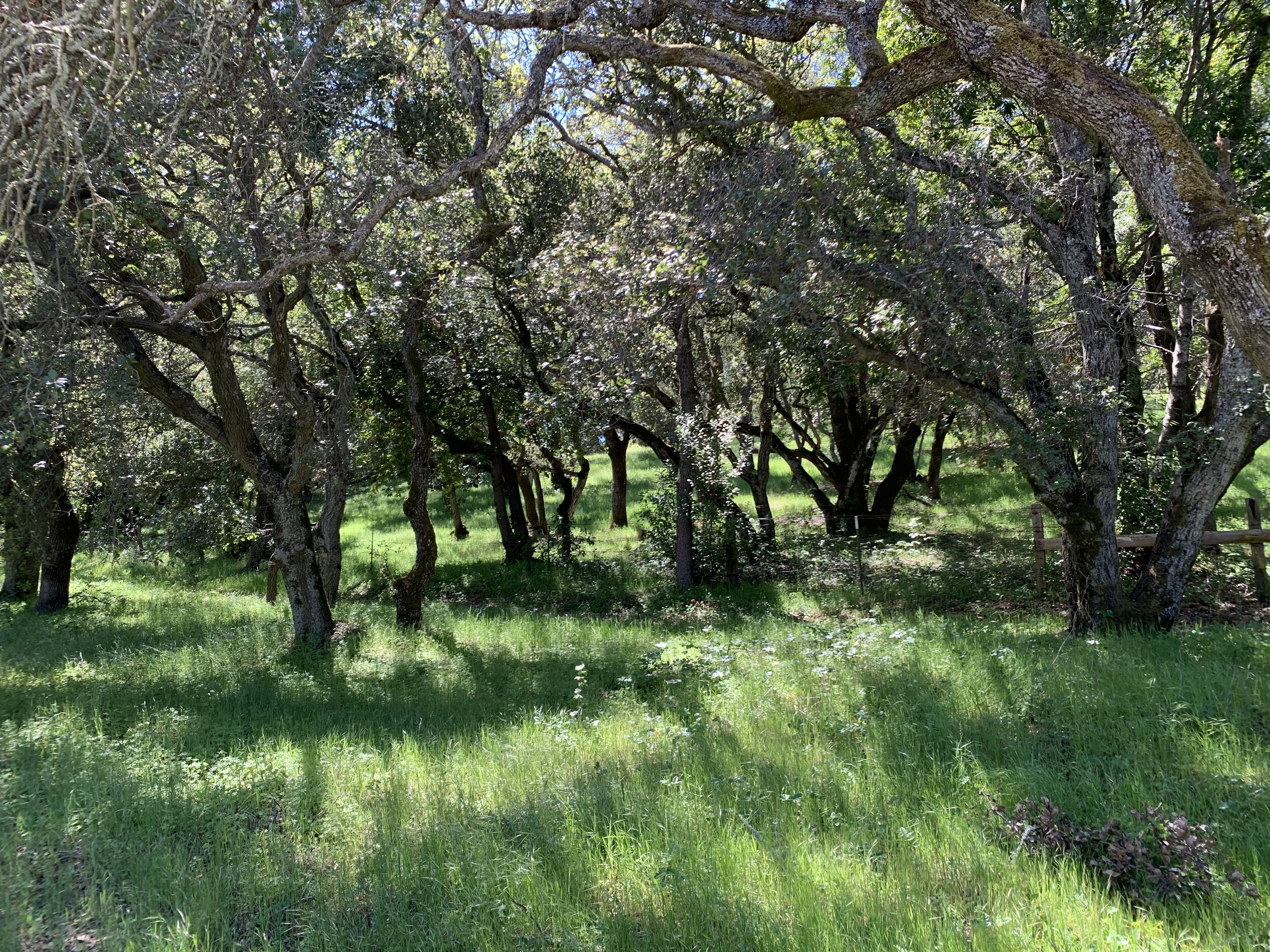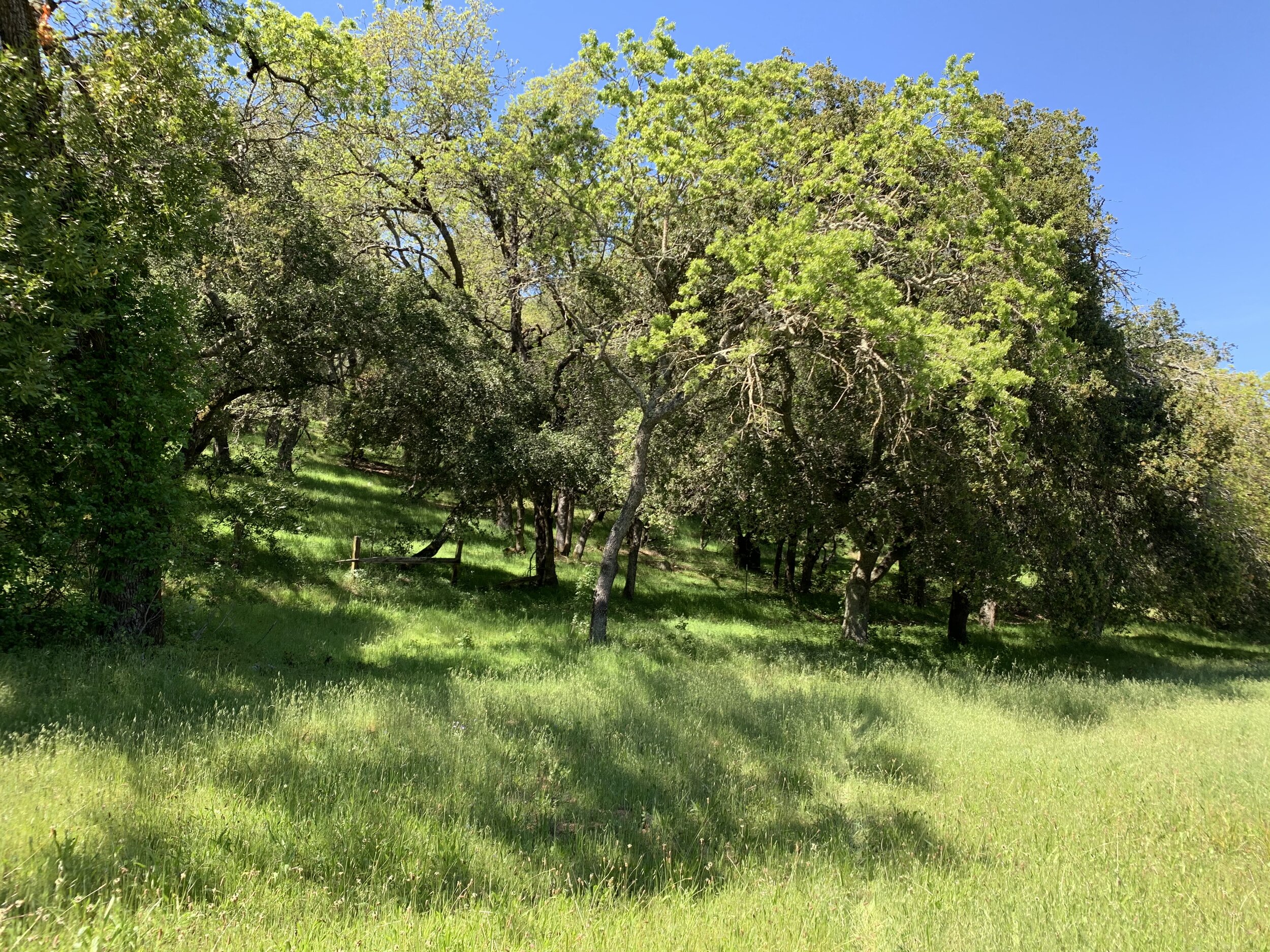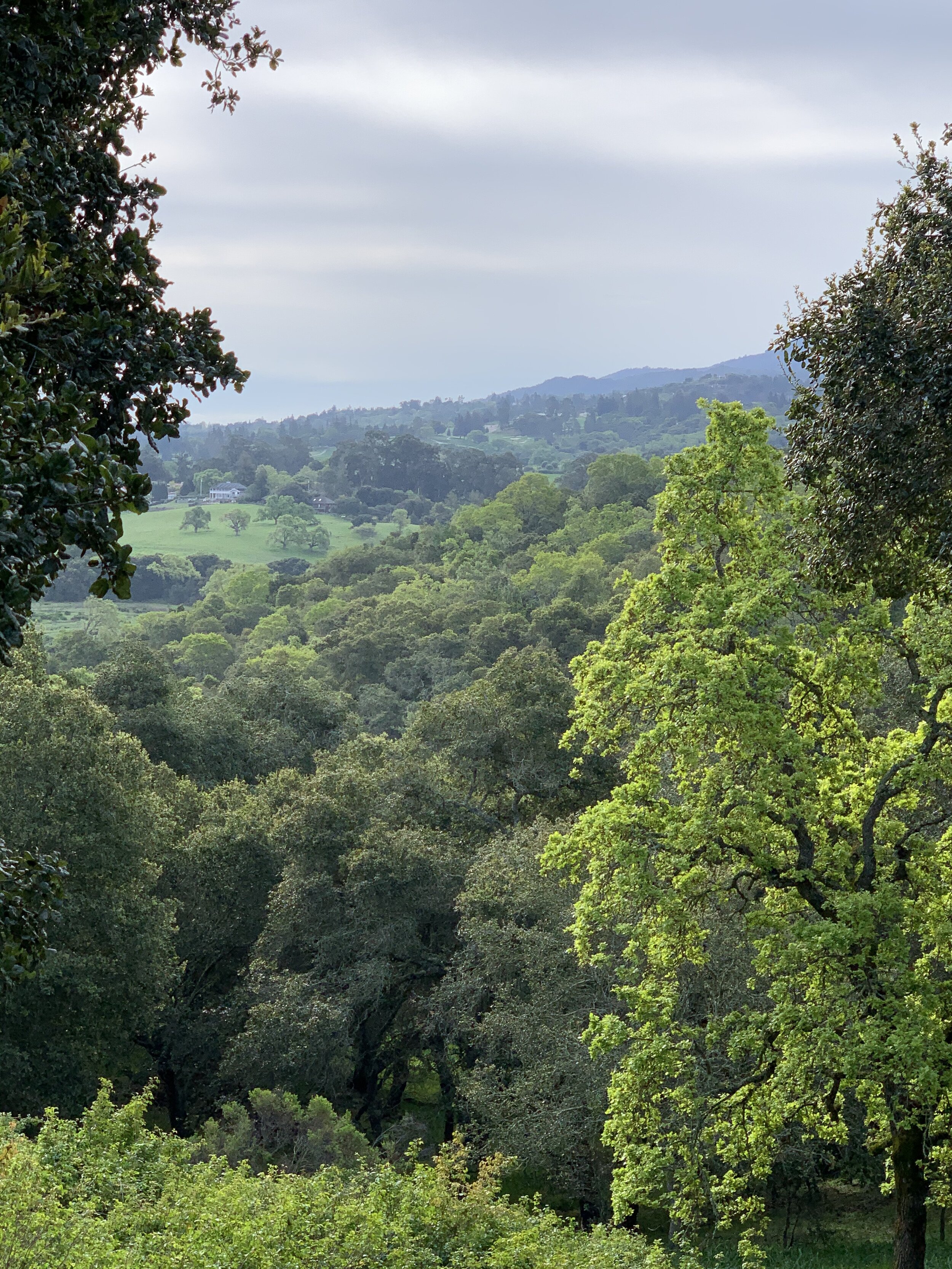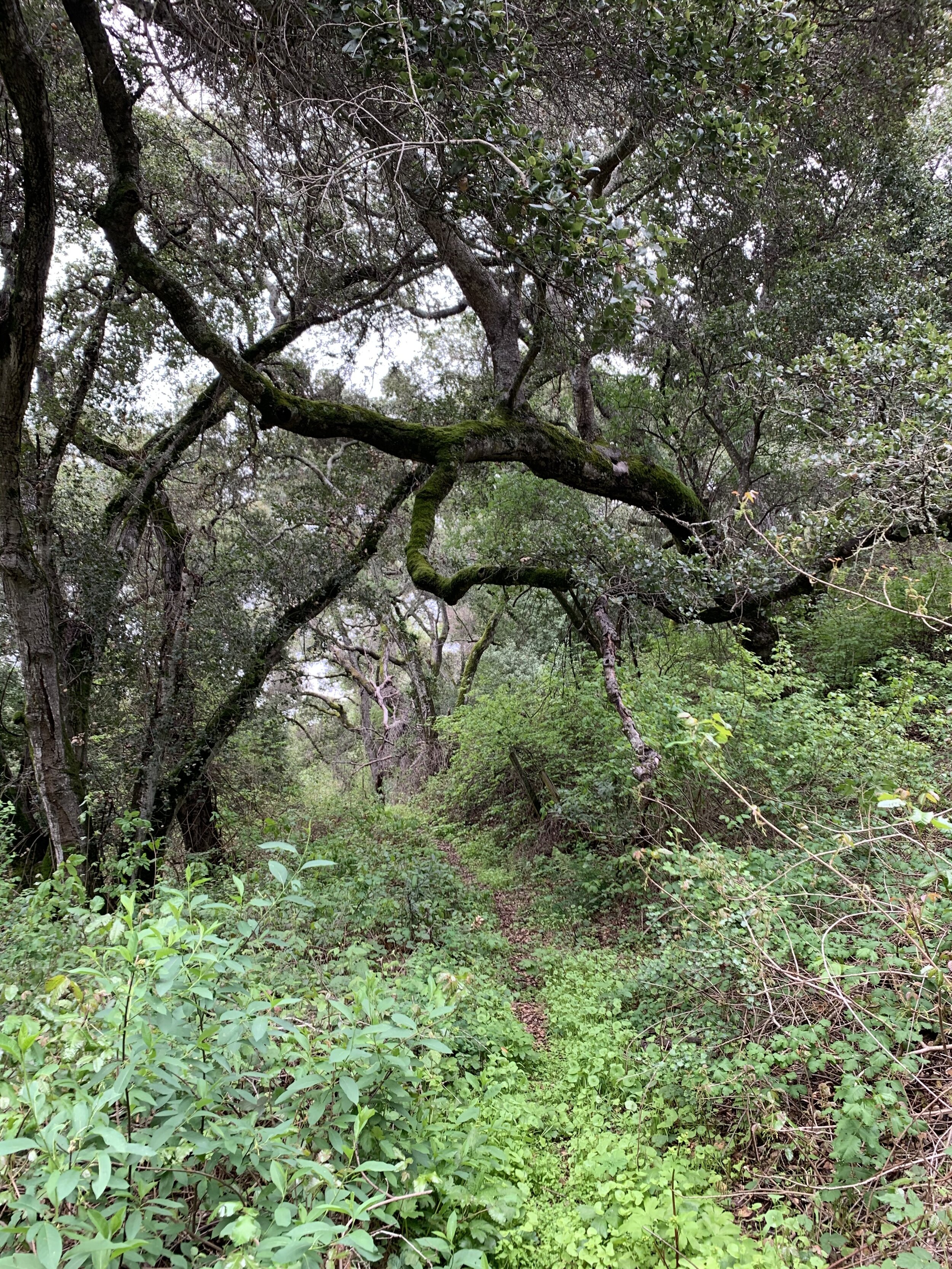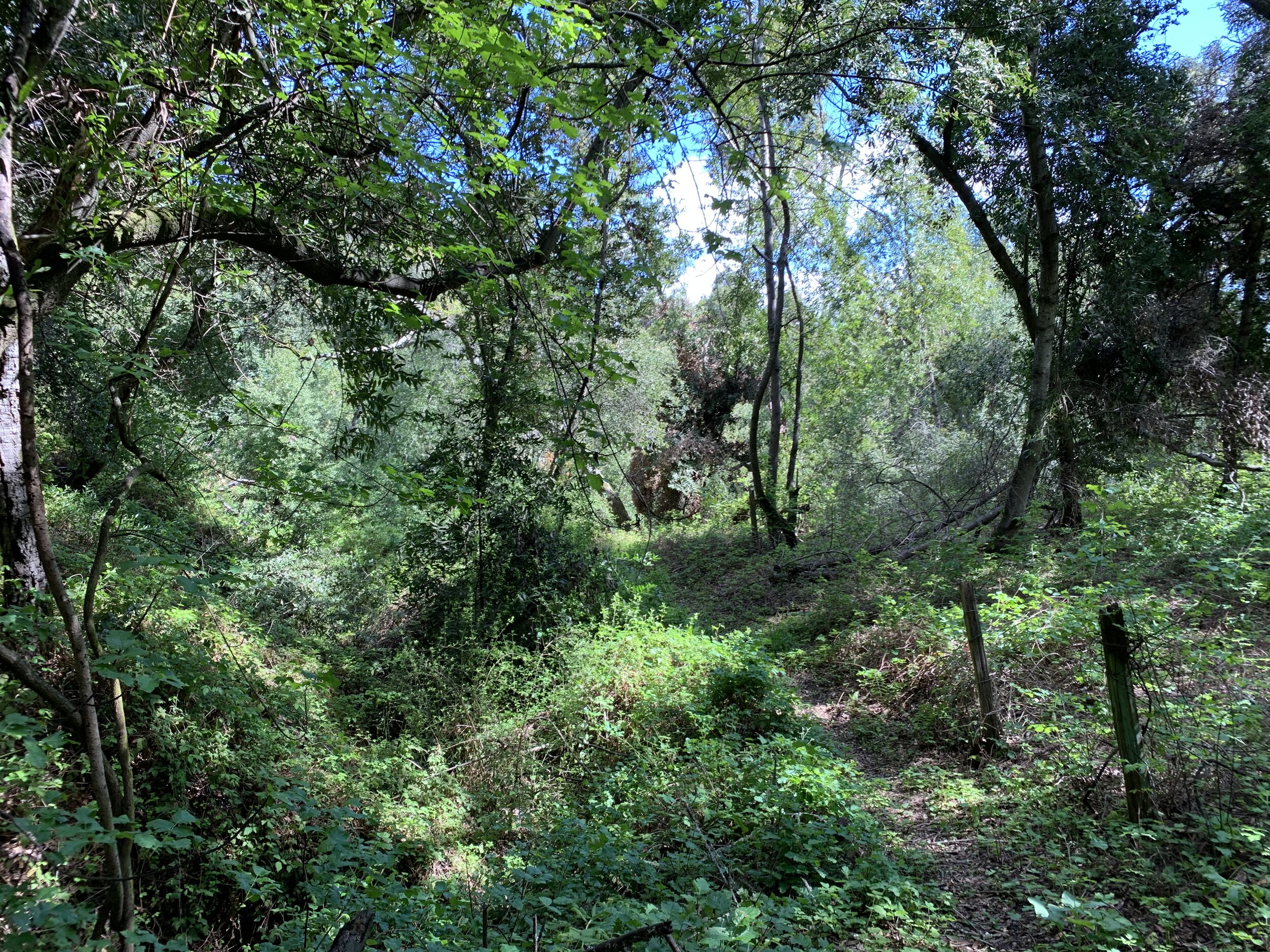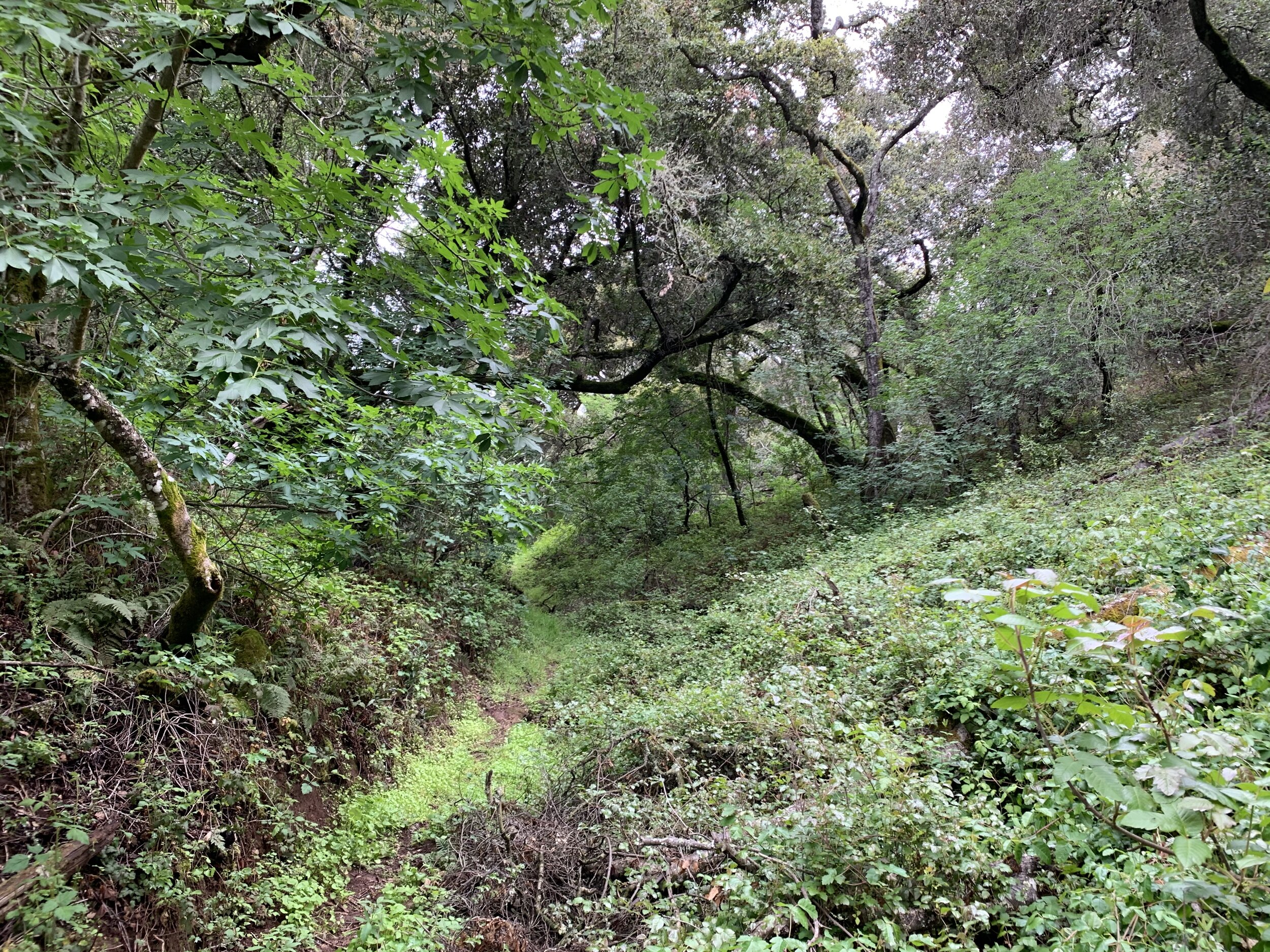Watch PVNU’s Zoom Presentation to learn about our initiatives!
Where Does PVNU Stand on the Stanford Wedge Housing Project?
Watch PVNU’s one hour ZOOM presentation on wildfire safety in Portola Valley and the hazards and risks of Stanford’s proposed development plan.
“PVNU’s Zoom presentation is a tour de force. It is factual, multi-faceted, carefully reasoned, tightly argued and extremely revealing. It clearly exposes all that we sensed about the Stanford housing proposal for the “Wedge” property. That is, Stanford’s proposal disregards the PV General Plan, entails significant safety risks, discriminatively treats low income residents vs. faculty, urbanizes Portola Valley, irretrievably degrades Alpine Road Scenic Corridor and fundamentally changes the rural character of Portola Valley. If approved, Stanford’s housing development on the Wedge would break a decades-old understanding that Stanford will not develop its land west of Highway 280 and set a precedent that opens the way for Stanford to develop its many other parcels west of Highway 280. It is deeply troubling that our own PV Town Council member(s) invited them to produce such a proposal.”
— A Town resident after attending PVNU’s May 15 presentation.
Watch PVNU’s ZOOM presentation now.
What Does Stanford Propose?
Stanford seeks to build 27 high density faculty houses and 3 multifamily residential buildings on 3 acres of a 7 acre development near the intersection of Alpine Road and Westridge Drive, at the mouth of the steep, heavily vegetated Alpine canyon. The land is located in the Alpine Road scenic corridor and is zoned for residential parcels of at least 3.5 acres per parcel and likely much more depending on the steepness and geologic and fire hazards of the setting.
At What Cost?
Stanford’s faculty housing project as proposed would violate our General Plan, our subdivision and zoning ordinances and the repeated recommendations of the Woodside Fire Protection District against such dense development in this steep, highly combustible, hazardous setting.
As Fire Marshall Don Bullard told the Almanac in February 2020:
“The fire (district) doesn’t think that this is the best location to be putting high density housing because of the high fire severity zone. It is a very dangerous place for fire. We should look for other areas for development that would be better, and we’ve suggested that the town do that.”
Stanford’s proposed site “is a very dangerous place for fire” because it presents both an extreme fire hazard and an extreme fire risk. The site’s extreme fire hazard is attributable to its location at the mouth of a narrow ravine filled with dense vegetation climbing up steep hillsides in three directions to the southwest, west and northwest. The site’s extreme fire risk is attributable to the hundreds of homes and evacuation routes that would be exposed to and jeopardized by fire spreading from the base of the ravine.
Siting 30 proposed structures on 3 acres of a 7 acre development at the southern mouth of the Alpine Canyon not only increases the hazard of fire ignition and propagation in an already extremely hazardous setting, but it also increases the risk to hundreds of nearby homes and critical escape routes along Westridge, Minoca, Golden Oaks and Alpine Road, jeopardizing the safe, unimpeded evacuation of surrounding neighbors and the community at large.
The dangers of Stanford’s proposed site are exacerbated by the fact that it sits astride a mapped geologic fault on surficial alluvial soils that are subject to liquefaction and severe ground-shaking in the event of an earthquake.
Why are Stanford and our Town government pushing for development of 39 high density dwelling units in such a hazardous, high risk setting?
In addition to the extreme hazard and risk of fire, Stanford’s proposal would result in the disruption of critical animal habitat for mountain lions, coyote, eagles, great horned owls, falcons and other important predators and indigenous species who occupy or traverse the canyon daily. Alpine Canyon not only provides critical wildland habitat and shelter for animal migration, it is also an important watershed for Los Trancos and San Francisquito Creeks, and helps sustain aquatic and riparian life along both creeks. Disrupting and perhaps destroying this vital, fragile ecosystem while increasing the risk of wildland fire to the surrounding human population is NOT the kind of planning or development Portola Valley should encourage.
The unique wildland heritage and habitat we all enjoy in Portola Valley is the product of careful, prudent land use planning, zoning, building code enforcement and fire safety over many decades. Once lost, that heritage and habitat will never return. Increased urbanization of Portola Valley is not the only solution to the needs of low-income families for affordable housing. Nor is it a good solution.
For What Benefit?
If the justification for increasing the fire risk to our community, disrupting critical habitat for our wildlife and upending our land use and open space policies is to build affordable housing in Portola Valley for low income families, then why is the Town failing to enforce the provisions of our zoning ordinance enacted in 2014 to govern affordable housing projects like this? Our ordinance specifically requires Stanford to:
Explain what zoning concessions and incentives are actually needed, and why they are justified and necessary to build the affordable housing Stanford would provide
Provide affordable housing that is similar in design, floor plan and bedroom numbers to the housing Stanford proposes to build for its faculty
Provide affordable housing whose cost/square foot of appropriate living space is as low as possible for low income families
If Stanford wishes to develop affordable faculty housing, it has more than adequate means to do so on any number of its many properties on and surrounding its campus with no need for incentives or concessions by Portola Valley.
If Portola Valley wishes to promote additional affordable housing within Portola Valley, it should do so in a safe location in accordance with the laws the Town adopted in 2014 to govern exactly such projects. There is no reason to incentivize employers outside Portola Valley, such as Stanford, to build housing that is restricted to a select group of its employees only, increases the risk of fire for our community, destroys an important wildlands ecosystem and upends our General plan and zoning ordinance, all while failing to fulfill the housing needs and requirements of low income families who actually work in Portola Valley.
Join the other Portola Valley residents who are calling on:
Stanford to withdraw its reckless proposal to build high density housing in this dangerous, seismically unstable fire-prone setting. Read and sign PVNU’s letter to Stanford.
Our Town Council to respect and support our Fire District’s judgment by designating the Fire District as the lead governmental agency for review and prompt resolution of the increased fire danger this project would create for its neighbors and the community as a whole. Read and sign PVNU’s letter to the Town Council.
Our Planning Commission to enforce our zoning ordinance requiring affordable housing that matches the design, floor plans and numbers of bedrooms of Stanford’s proposed market rate housing. Read and sign PVNU’s letter to the Town’s Planning Commission.
Our Fire Marshall detailing the wildfire hazards and risks of Stanford’s development, and explaining how Stanford’s development plan exacerbates those risks by increasing the maximum density of occupation allowed on the property while reducing the required separation of structures and eliminating defensible space around each structure. Read and sign PVNU’s letters to Fire Marshall Don Bullard.


